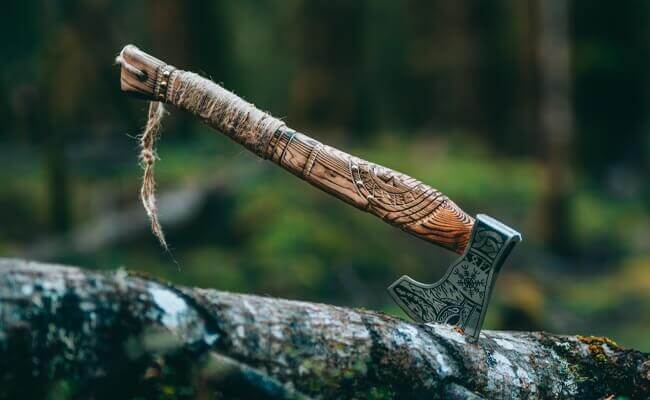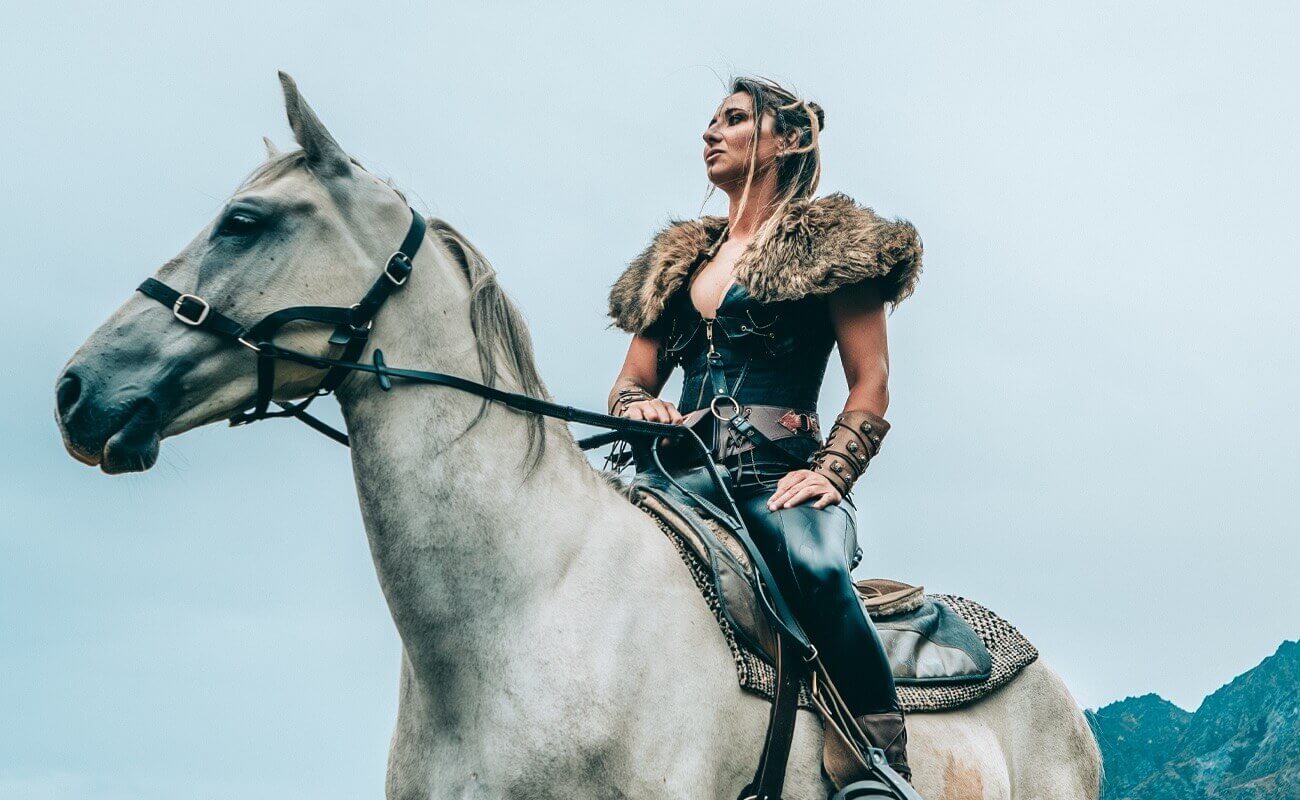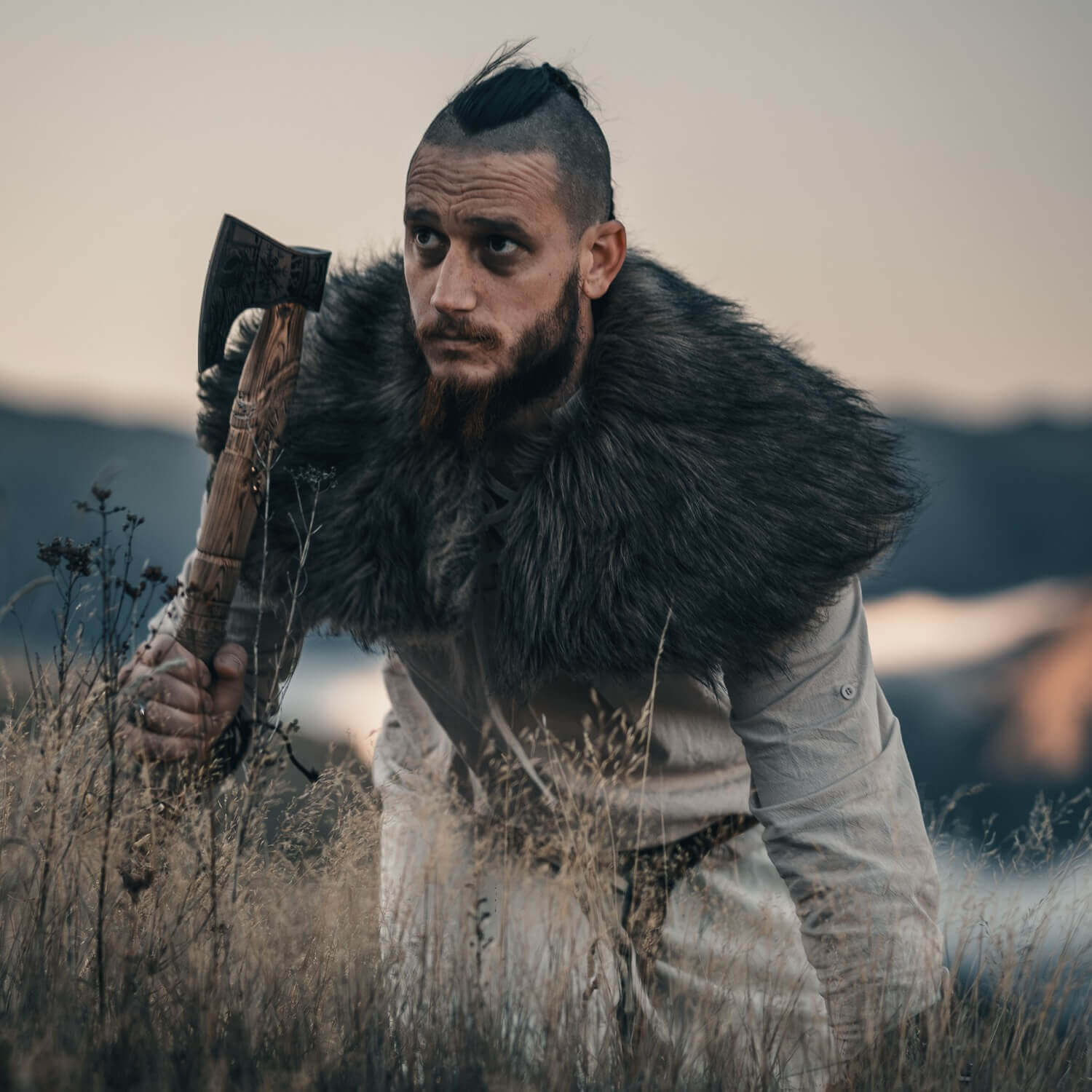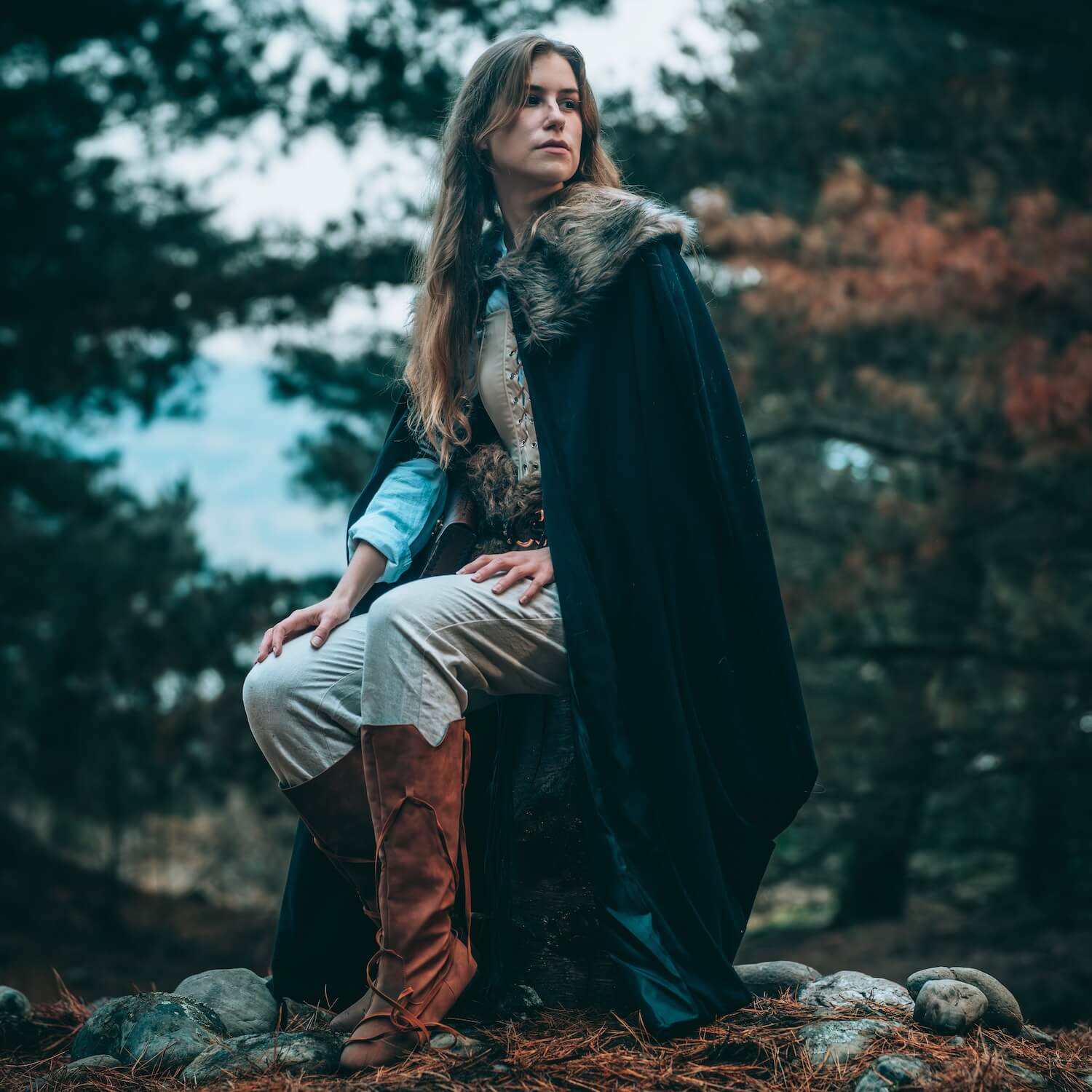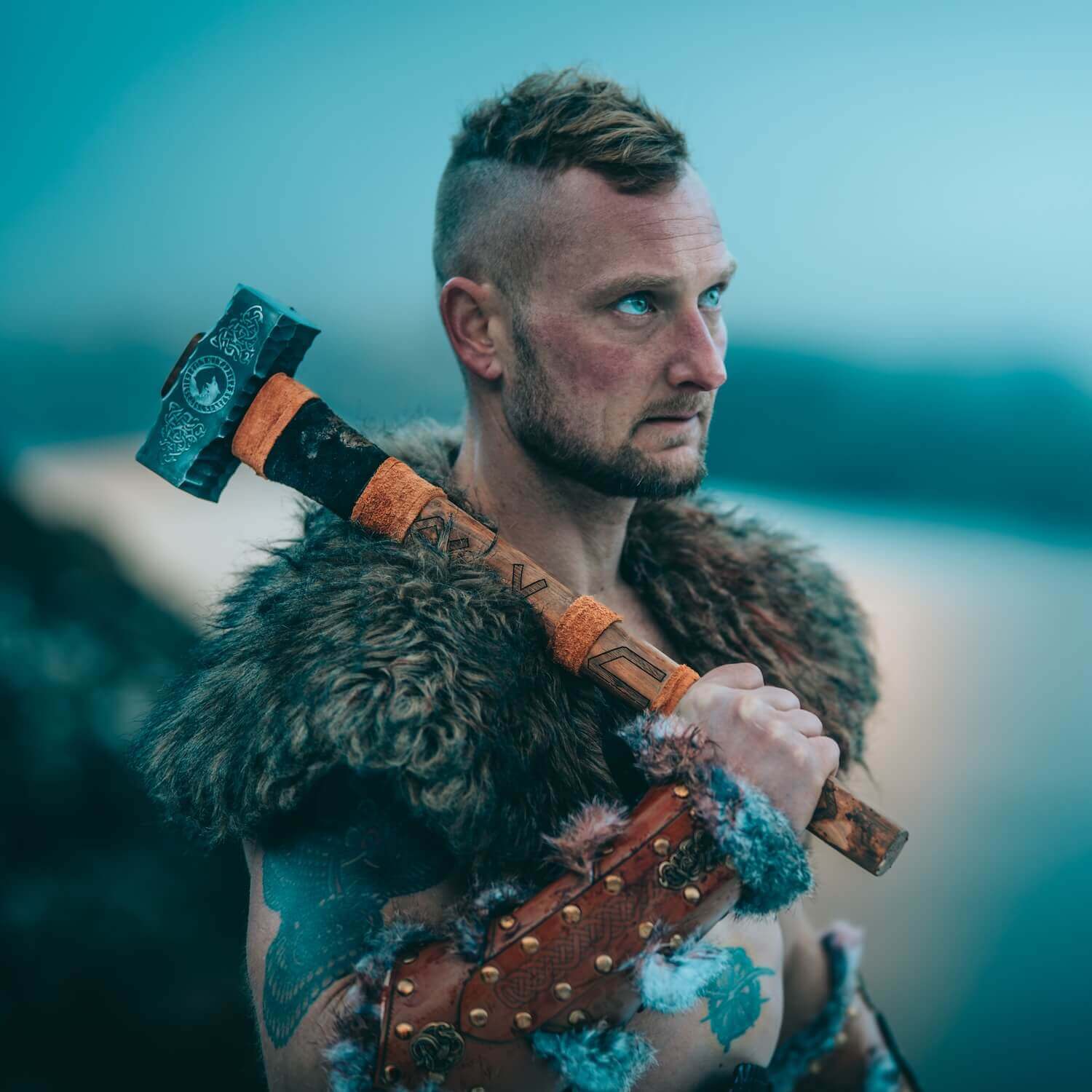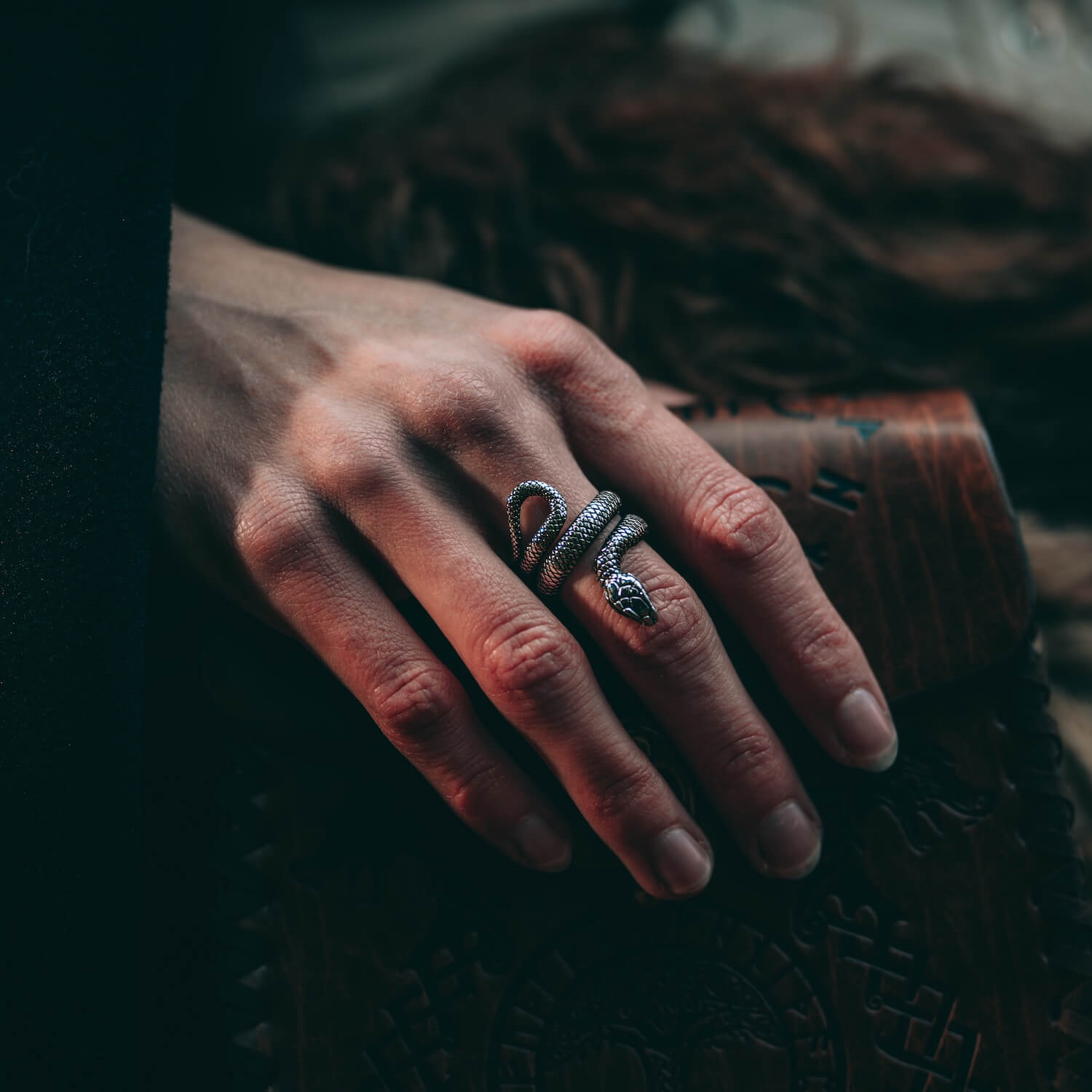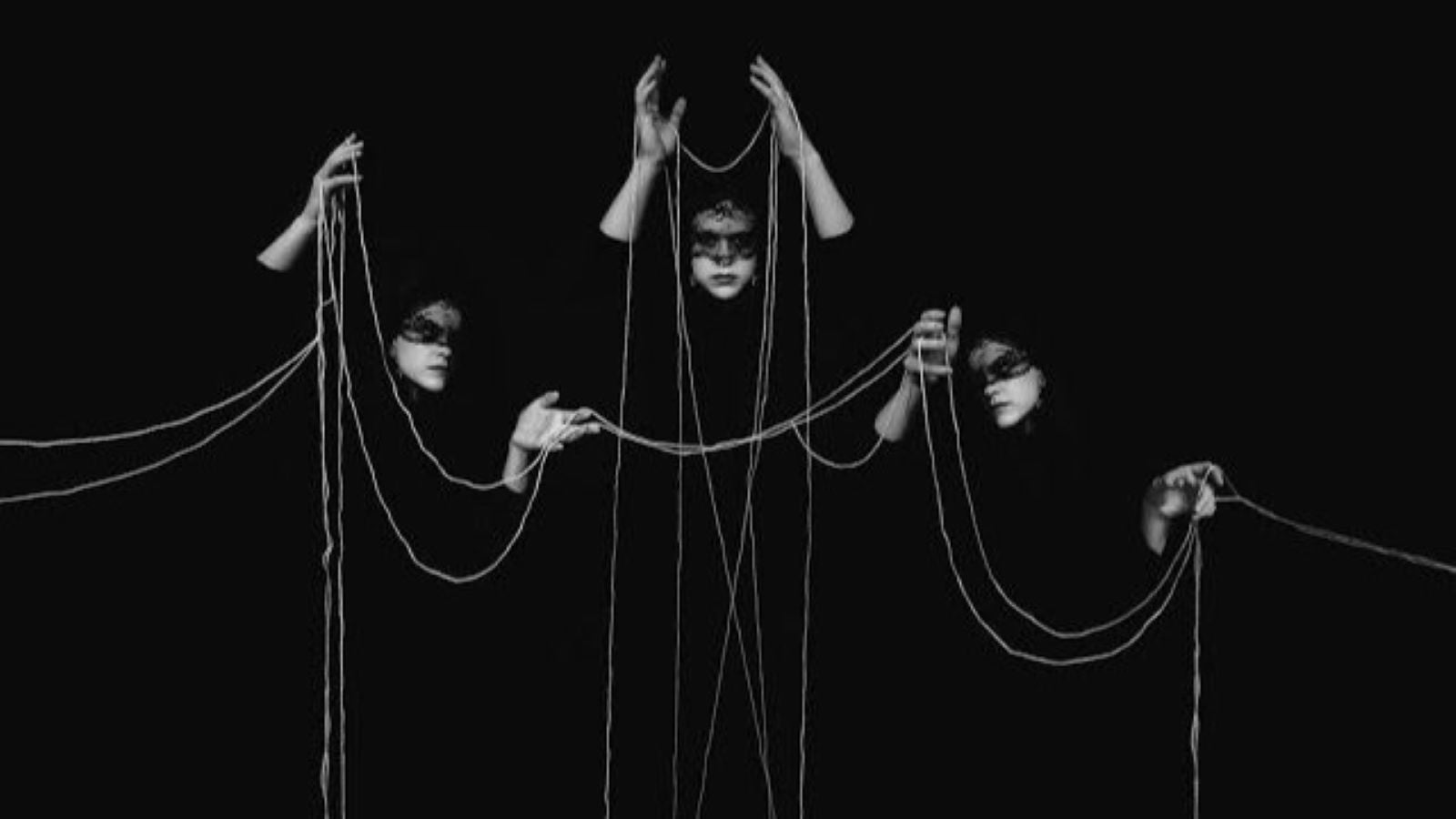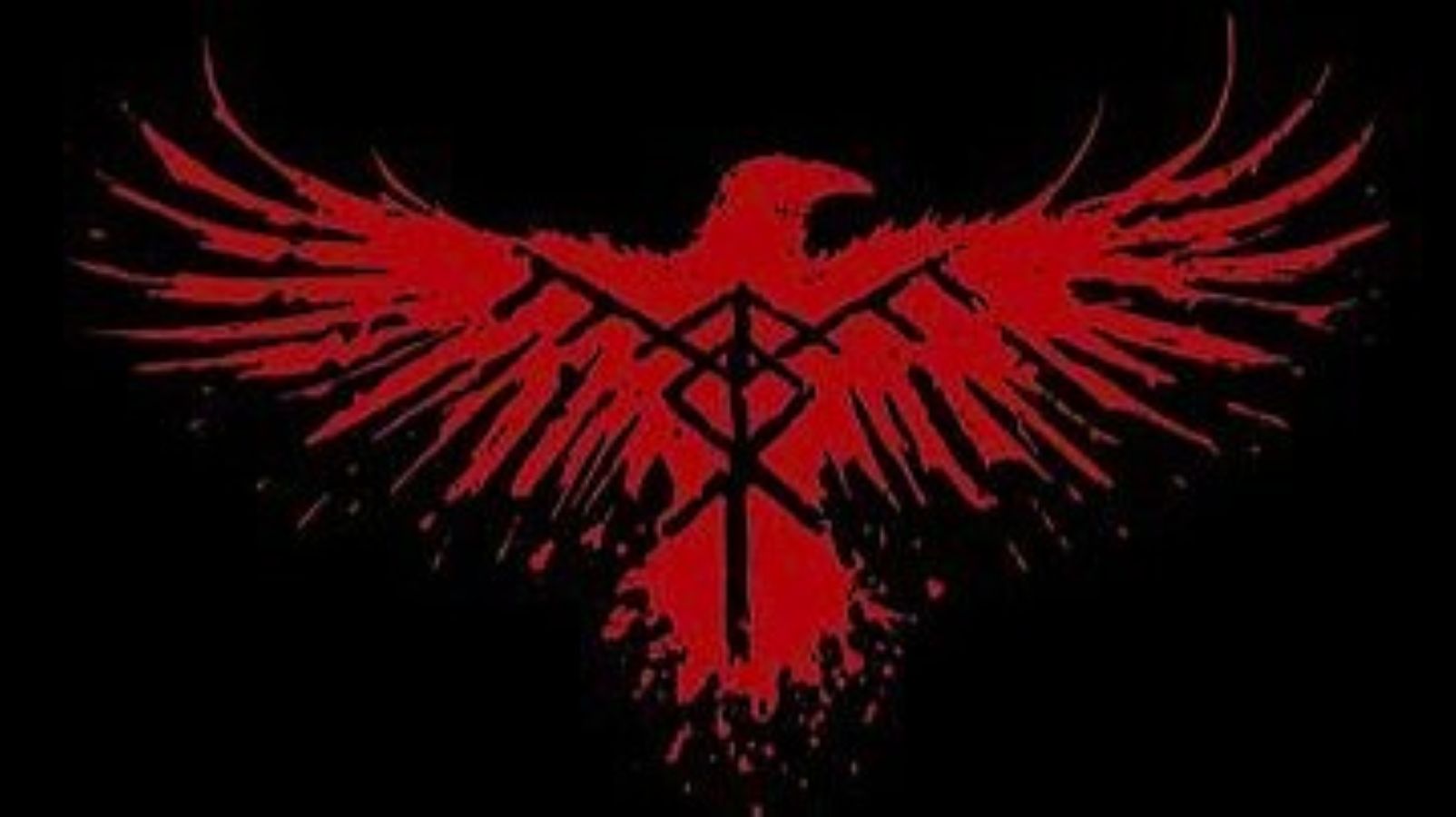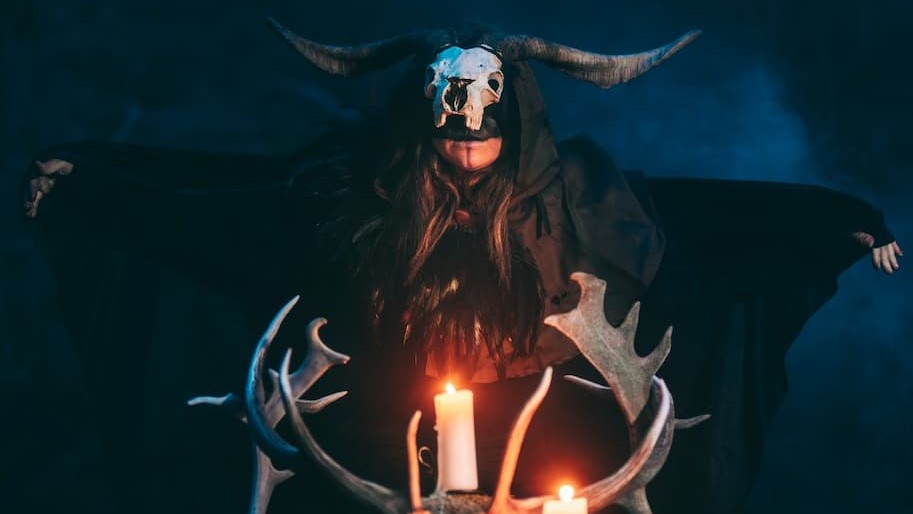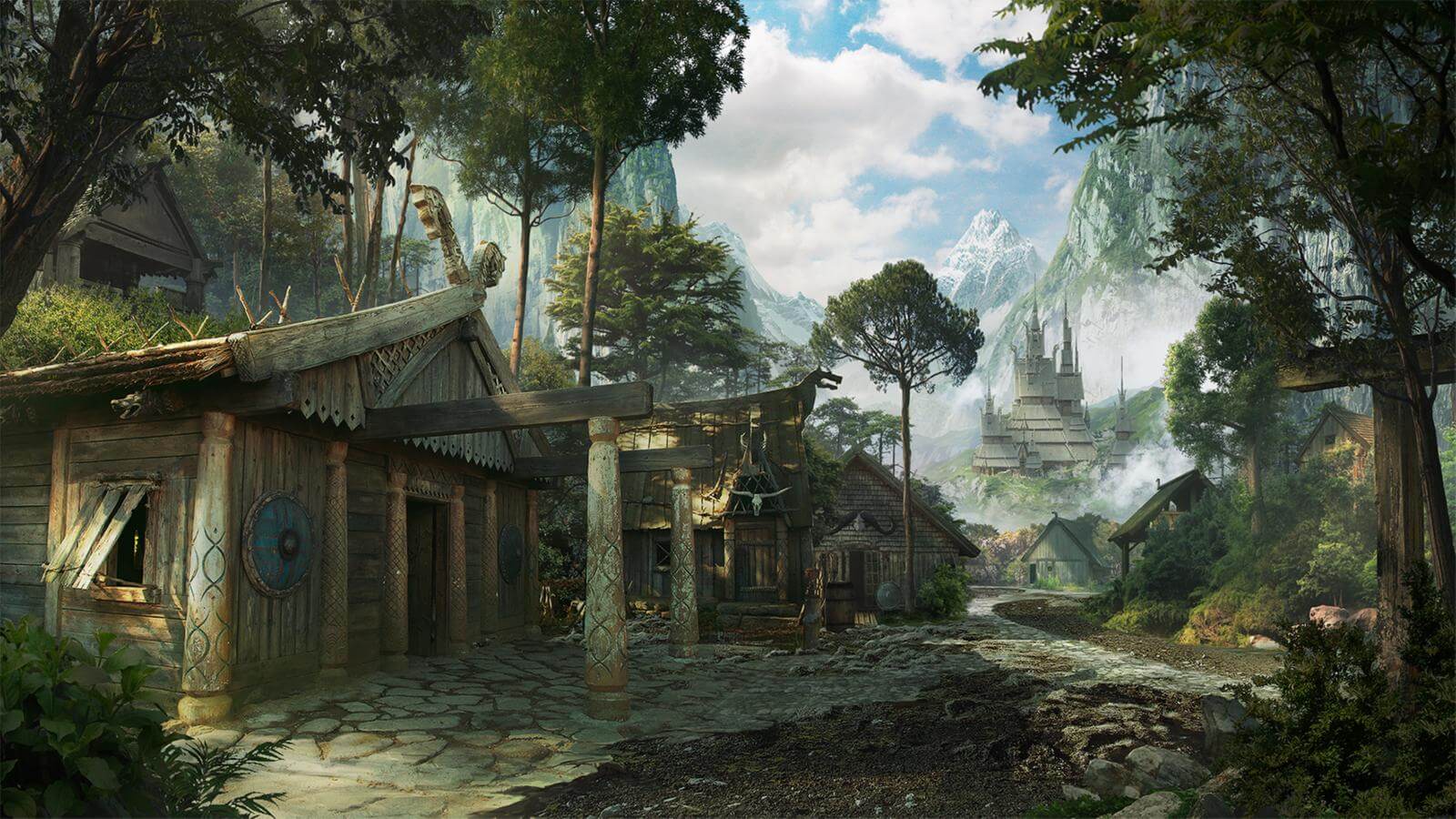
Innangard and Utangard... Why is chaos necessary?
As you may have noticed from many of our previous tales —particularly the last one about Yggdrasill, there are two realms in Norse mythology that end with the word "-gard".
So on one hand we have Asgard (realm of the Gods) and Midgard (our human world);
And, on the other hand, we have the other realms like Svartálfaheimr, Jötunheimr...
This distinction is not merely fictional but it has a deep meaning that applies to the Nine Worlds in the Norse cosmos; but most importantly, to the human psyche as well.
The "-gard" added to the end in "Midgard" and "Asgard" is derived from the word "Innangard" which means "within the enclosure/fence".
The opposite of that word is "Utangard" which means "beyond the enclosure/fence".
Innangard is symbol of order. It's a place where things happen as expected and where there is civilization and law.
On the other hand, Utangard is a symbol of "chaos". It's a place of disorder and anarchy.
So from this definition we can see why Midgard and Asgard are considered "in order".
Asgard is the realm of the Gods who themselves are a symbol of order. While Midgard is the land of humans; humans whose ideals are the Gods so they strive for order.
Nevertheless, Midgard is surrounded by chaos, represented by Jötunheimr, land of the Giants who are a symbol of chaos.
This distinction doesn't mean that the Utangard is complete evil and only does harm. Its role is necessary; as is the role of chaos in our lives.
Chaos is what creates new orders when the old orders become tyrannical or/and dysfunctional.
This complex relation between chaos and order (Innangard and Utangard) is represented in some awe-inspiring ways in Norse mythology and culture.
For example, even though Odin was the chief God, he was half Giant (chaos) and half god (order). And from what we know about him, he had a dark side that made itself apparent in many occasions.
Moreover, in old Norse culture, new warriors had to leave the comfort of their communities (order) and go live in the wilderness (chaos) to integrate the animalistic part in their personality; so that when they come back, they're more than a normal person. They're the kind of person who has a dark side and can be dangerous when the situation calls for it.


